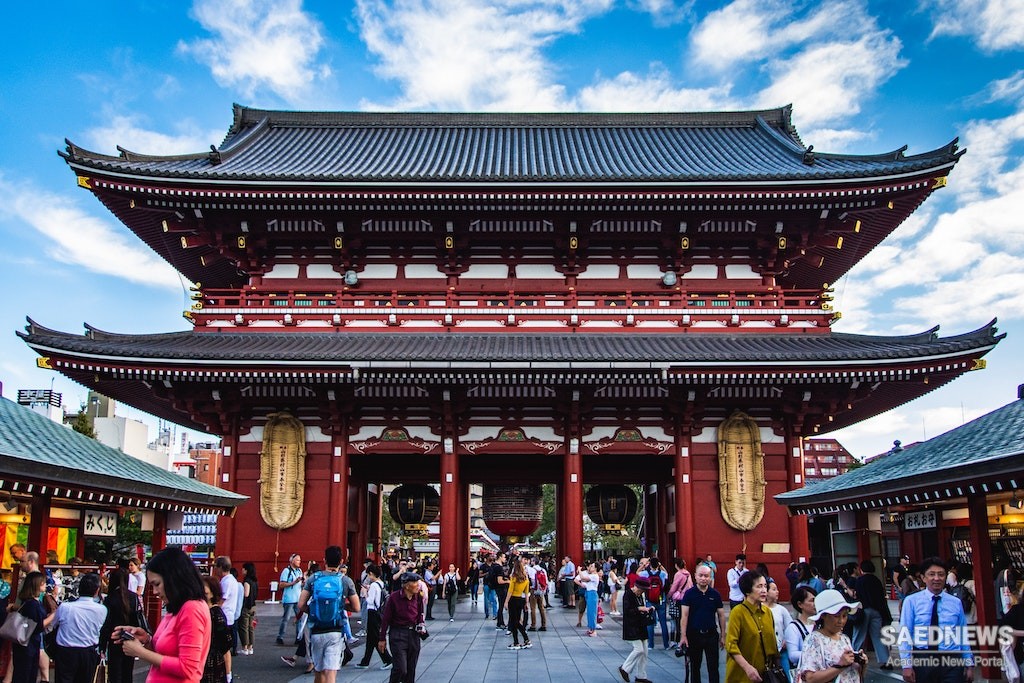In many places across the world, many cultural tourism attractions are suffering visitor overload already, while others are visited to capacity. Elsewhere, and often in these very same overall locations, there are cultural items which are intended to attract visitors yet, for a reason or reasons, they are not fulfilling that role with much success. In other places cultural tourism has scarcely, or not at all, been begun as an industry or activity. World Heritage Sites might be thought, by their nature, to fall entirely into the first category described above—to be over-visited or visited to capacity—and certainly many are, such as Mesa Verde, Mont St Michel, the Pyramids (at least until the radical change in situation brought about through tourists in Egypt becoming a focus of religious fundamentalists’ attention), the Tower of London and the Taj Mahal. Yet, it is not this simple, even with a World Heritage Site. A country which has put forward its site to the World Heritage Committee for inclusion on the World Heritage List in the first instance, for very good reasons of its own, may know the Site is under stress but, for economic reasons, not care to admit it. In other instances, one part of a Site may be worn down while another may be almost deserted, possessing the capacity to bear plenty more visits: either way, local people involved in associated entrepreneurial activity may be ‘crying out’ for more people to visit, while other disinterested locals might want to be left in peace. The physical state of what remains of the original fabric of the relevant portion of the—immensely long overall—Great Wall of China, where VIPs tend to be taken for valuable photo-opportunities, is scarcely likely to be a first concern of host or visitor. Here, looking good is the prime requirement (Source: Managing Quality Cultural Tourism).


 Heritage Tourism and Human Sense of Exchange
Heritage Tourism and Human Sense of Exchange














































